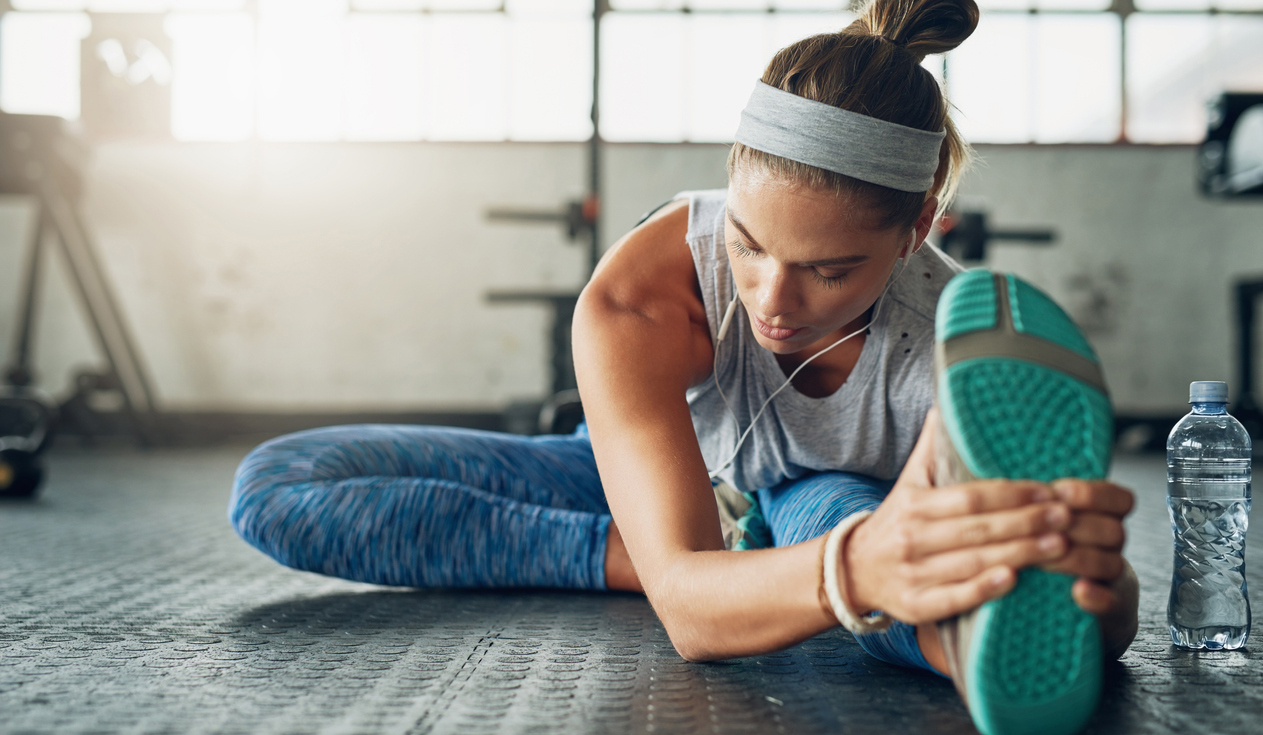3 Movements to Improve Your Dynamic Mobility Warm-Up
Regardless of their skill level, prior to training or competition all athletes need to prepare properly for the demands they will place on their bodies. The most effective way to do this is by performing a dynamic mobility warm-up. Although debate continues to rage regarding pre- versus post-workout stretching, there seems to be a consensus about the efficacy of a dynamic warm-up before stressing the body in athletic activity. So what constitutes an effective warm up?
Before getting into specifics, let’s break down what you want to achieve with your warm-up:
- Increase your heart rate
- Increase blood flow to your muscles
- Raise your core temperature
Similar to your actual workout, warm-up exercises should build in intensity and difficulty, moving from simple and slow to more complex and fast, all the while reinforcing the fundamentals of quality movement. Be sure to adjust the pace of your exercises, taking the time, particularly in the beginning, to move through the full range of motion in a controlled manner to minimize the risk of straining soft tissue.
The following exercises use compound movements to both mobilize and activate the hips. Perform them in a progression, then apply the same process to other areas of the body—e.g., shoulders, thoracic spine and hamstrings. The further you go into the dynamic mobility warm-up, the more complex your movements should become. That way, more muscles and joints will be engaged, preparing the entire body as one unit, rather than as a series of isolated parts.
Perform five to 10 repetitions for 20 to 30 seconds on each side, once through.
Supine Glute Bridge With Alternating March
Extend using the glutes and hamstrings, in that order, but do not extend through the lower back. When you do this exercise, you are also extending your hip flexors on the extending side.
Reverse Lunge With Twist
Your front leg should be coached to “pull” the ground through the heel as you bring your feet back together from the reverse lunge. This helps you learn to engage the glute and hamstring rather than to push up on the quad of the back leg. When you rotate, don’t just swing your arms around. Get some rotation through the thoracic spine as well. Again, at full extension of the reverse lunge and twist, you will be simultaneously extending the hip flexors of your rear leg.
Forward Lunge to “Spiderman” Stretch With Same Side Overhead Reach
This stretches all of your muscles in an extremely dynamic manner, requiring a high degree of motor control throughout.
Photo Credit: Guy Demong
RECOMMENDED FOR YOU
MOST POPULAR
3 Movements to Improve Your Dynamic Mobility Warm-Up
Regardless of their skill level, prior to training or competition all athletes need to prepare properly for the demands they will place on their bodies. The most effective way to do this is by performing a dynamic mobility warm-up. Although debate continues to rage regarding pre- versus post-workout stretching, there seems to be a consensus about the efficacy of a dynamic warm-up before stressing the body in athletic activity. So what constitutes an effective warm up?
Before getting into specifics, let’s break down what you want to achieve with your warm-up:
- Increase your heart rate
- Increase blood flow to your muscles
- Raise your core temperature
Similar to your actual workout, warm-up exercises should build in intensity and difficulty, moving from simple and slow to more complex and fast, all the while reinforcing the fundamentals of quality movement. Be sure to adjust the pace of your exercises, taking the time, particularly in the beginning, to move through the full range of motion in a controlled manner to minimize the risk of straining soft tissue.
The following exercises use compound movements to both mobilize and activate the hips. Perform them in a progression, then apply the same process to other areas of the body—e.g., shoulders, thoracic spine and hamstrings. The further you go into the dynamic mobility warm-up, the more complex your movements should become. That way, more muscles and joints will be engaged, preparing the entire body as one unit, rather than as a series of isolated parts.
Perform five to 10 repetitions for 20 to 30 seconds on each side, once through.
Supine Glute Bridge With Alternating March
Extend using the glutes and hamstrings, in that order, but do not extend through the lower back. When you do this exercise, you are also extending your hip flexors on the extending side.
Reverse Lunge With Twist
Your front leg should be coached to “pull” the ground through the heel as you bring your feet back together from the reverse lunge. This helps you learn to engage the glute and hamstring rather than to push up on the quad of the back leg. When you rotate, don’t just swing your arms around. Get some rotation through the thoracic spine as well. Again, at full extension of the reverse lunge and twist, you will be simultaneously extending the hip flexors of your rear leg.
Forward Lunge to “Spiderman” Stretch With Same Side Overhead Reach
This stretches all of your muscles in an extremely dynamic manner, requiring a high degree of motor control throughout.
Photo Credit: Guy Demong














